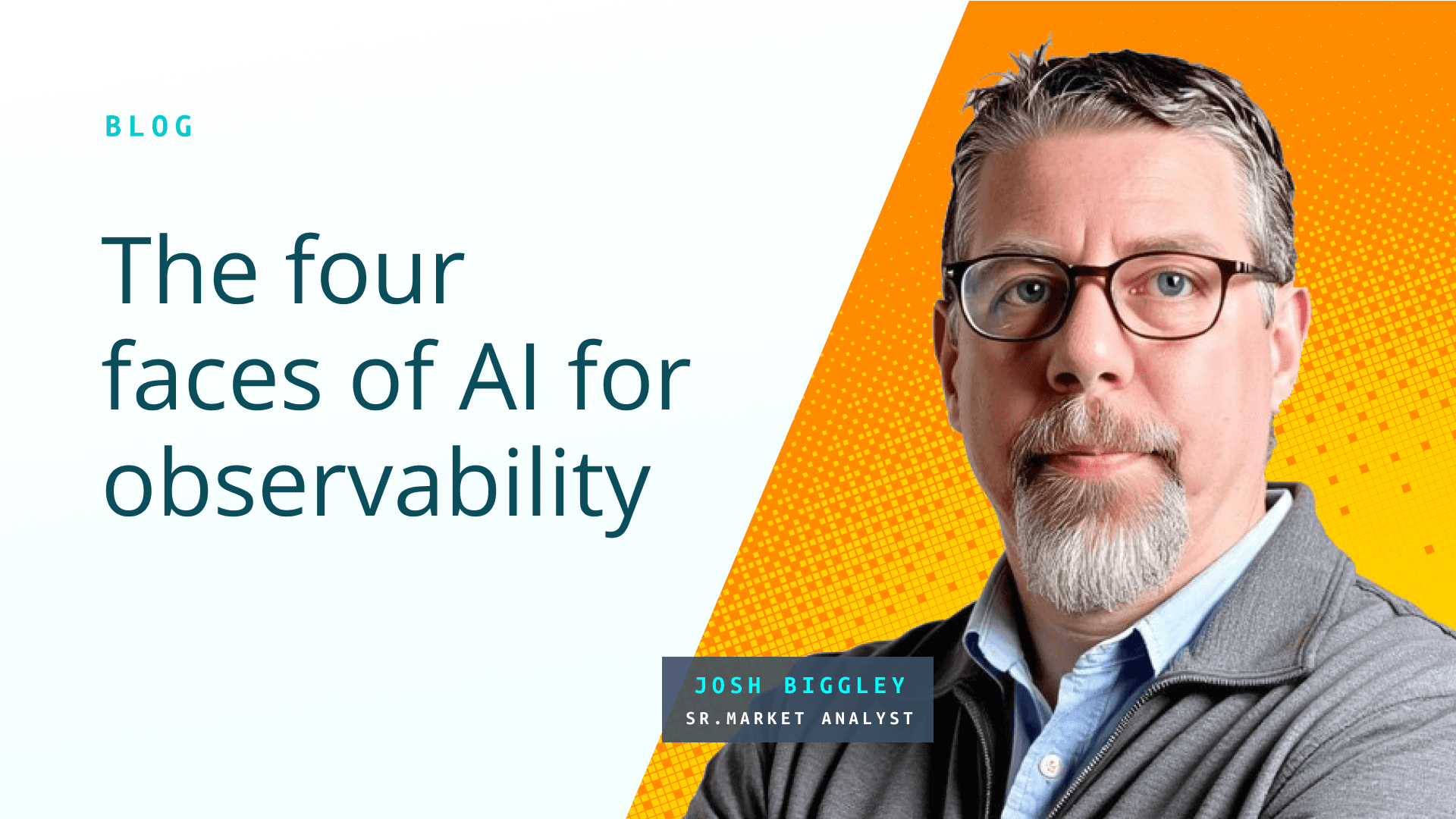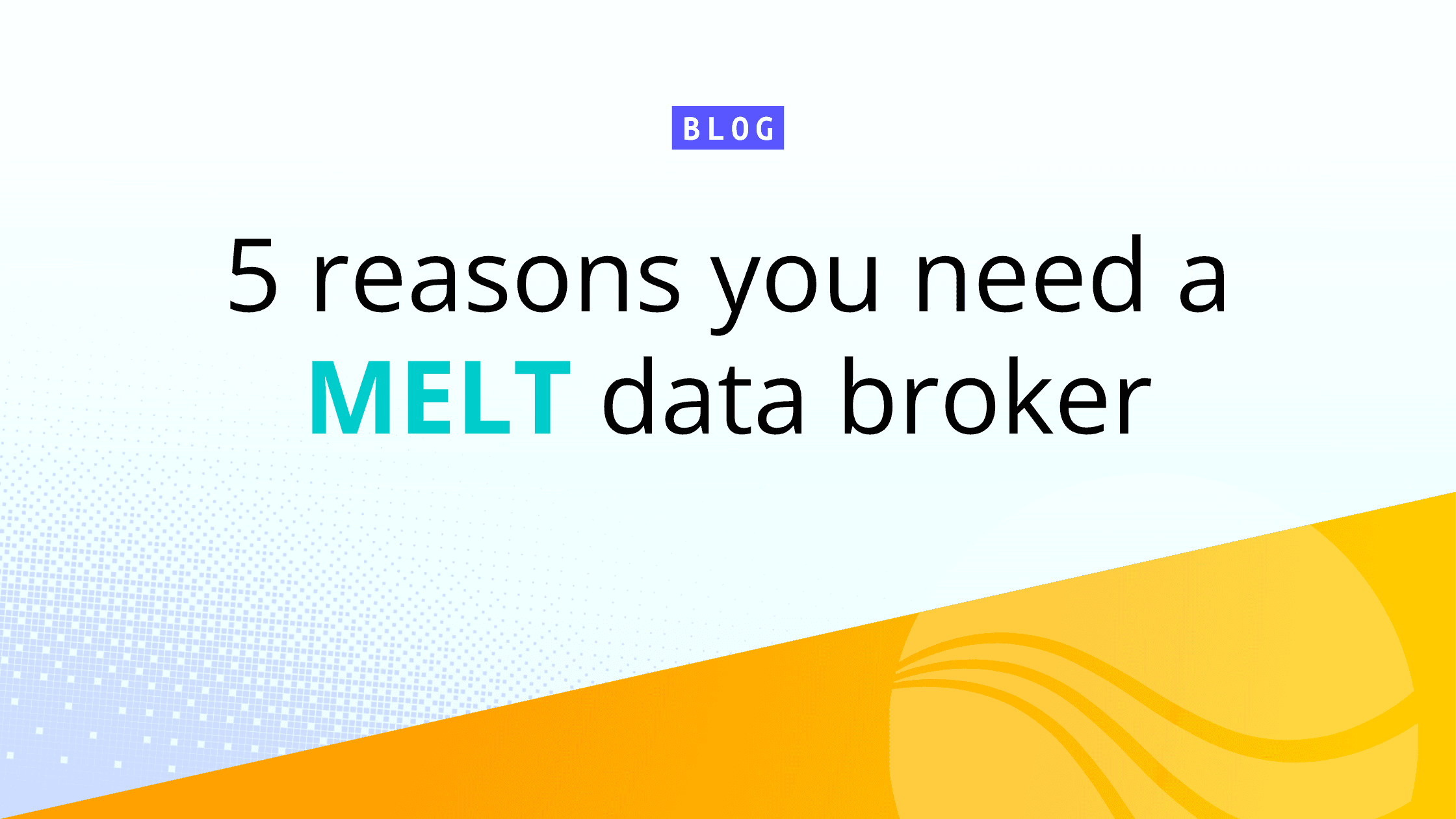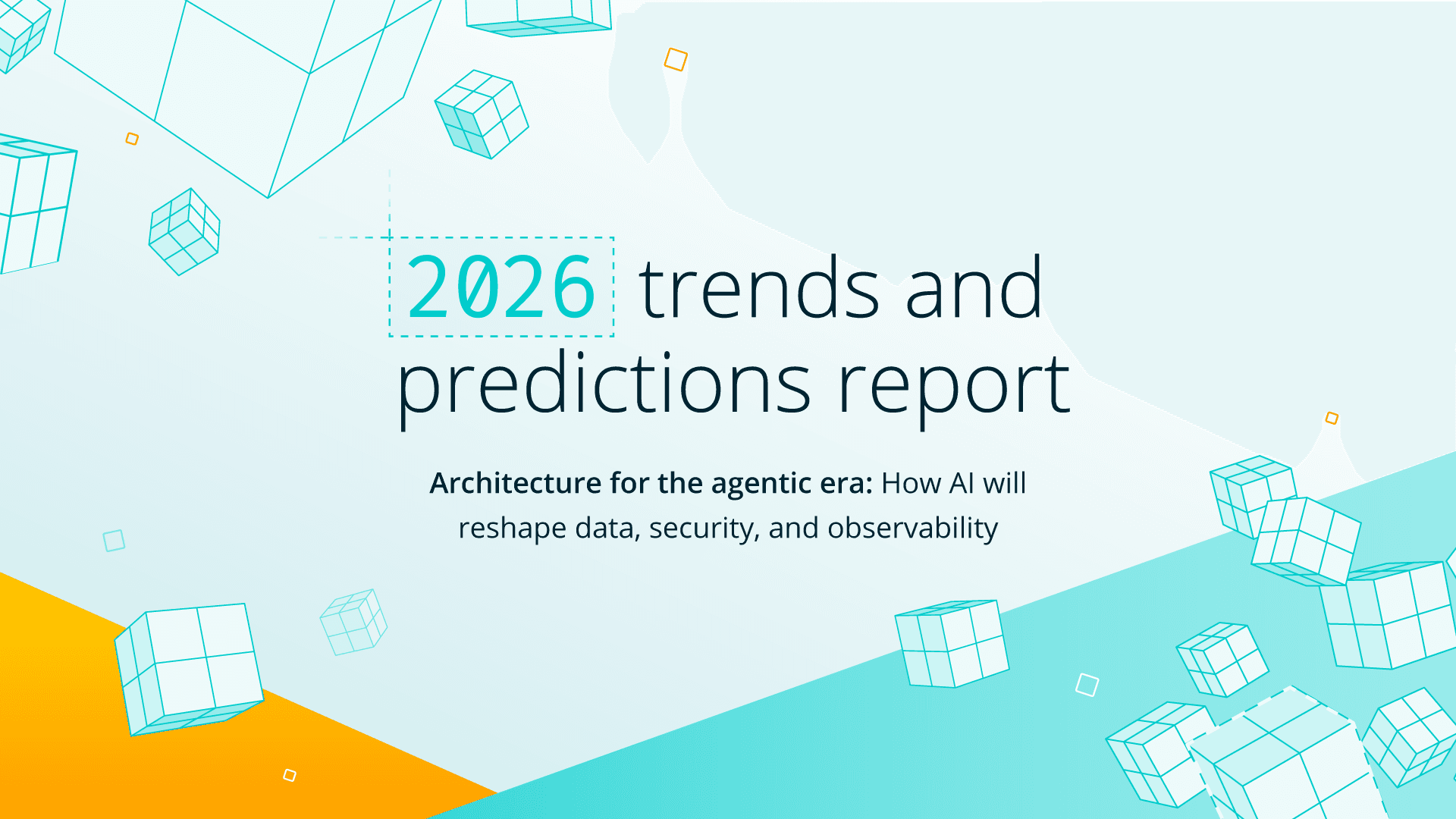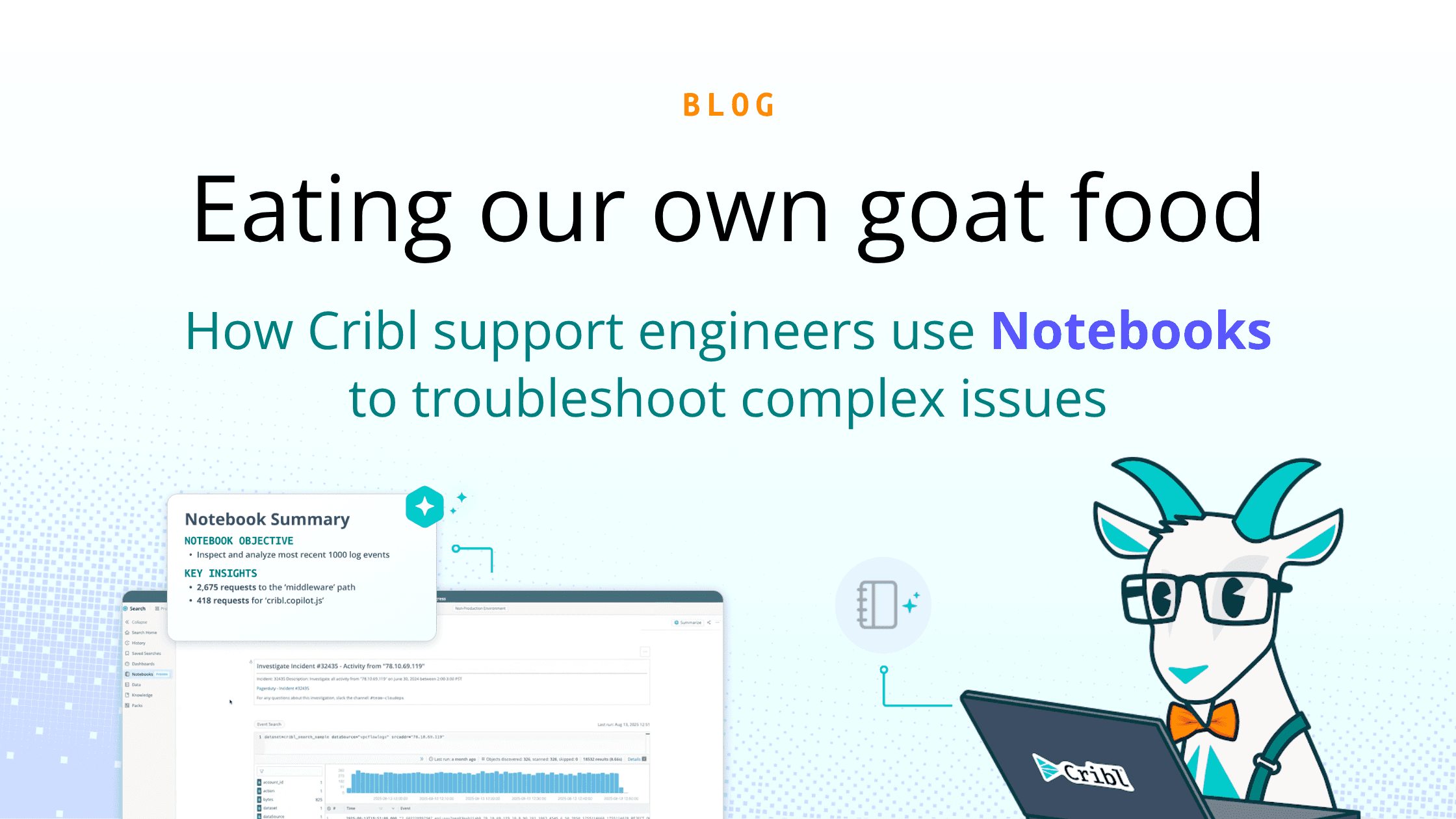The term "AI" has become ubiquitous in technology marketing. Every vendor is racing to add AI without explaining what AI they are adding and what problems they will enable you to solve as a result. However, not all AI is created equal, and different AI approaches solve different problems in the observability landscape.
Let's examine what AI actually means in the observability landscape, uncover the four faces of AI, who they are and what they do.
The Four Faces of AI in Observability
Rather than thinking of AI as a monolithic superpower, it's more useful to view it as four distinct technologies, each with its own strengths, limitations, and ideal use cases. Think of them as specialized tools in your observability toolkit rather than a single button that solves every problem, known or unknown, no humans required.
1. The Pattern Hunter: Unsupervised Learning for Anomaly Detection
This is the workhorse of modern AIOps—the foundation that did the heavy lifting long before ChatGPT brought AI into mainstream conversations.
What it does:
Finds the "unknown unknowns" in your systems without requiring pre-labeled training data. It functions as an automated analyst constantly evaluating whether patterns appear normal.
Where it shines:
Spotting metric spikes that do not match historical patterns
Identifying new patterns or sentiment shifts in logs
Flagging span and trace outliers that human eyes might miss
Mapping causal relationships in your infrastructure
This is the AI that doesn't need you to tell it what "bad" looks like – it figures that out by understanding what "normal" is, then raising its hand when something doesn't fit the pattern.
2. The Fortune Teller: Predictive Analytics for Forecasting
While anomaly detection looks for the unexpected now, predictive analytics attempts to see what's coming. This is an exceptionally difficult space to be both accurate and correct as context matters and changes in elements within the causal relationships skew patterns. Predicting the weather is a good use case; predicting the winner of the World Series at the start of the season, not so much.
What it does:
Anticipates "known bads" that evolve over time, like resource exhaustion, traffic spikes, or seasonal patterns.
Where it shines:
Predicting when a disk will fill up before it happens
Forecasting when CPU utilization will breach thresholds
Anticipating memory leaks based on growth patterns
Projecting capacity needs for upcoming traffic spikes
This is the AI that doesn't just tell you your house is on fire – it warns you three days earlier that it isn’t just getting warm in your house because someone turned up the heat again.
3. The Translator: Generative AI for User Assistance
This is the newest addition – the attention-getting layer that's generating significant interest in the industry. Generative AI for observability accelerates the ability to perform tasks, everything from incident response to onboarding new data sources. The Human-in-the-Loop model of AI (and ML!) improves outputs by adding context and validating observations before they cause model degradation.
What it does:
Improves the human-computer interface by translating between human intent and machine queries. Think Cribl Copilot and Copilot Editor for building pipelines for schema translation where the context includes a source schema, a destination schema, and a sample set of data in the source schema.
Where it shines:
Natural language querying ("Show me failed logins in the last hour")
Incident summarization ("Here's what happened in plain English")
Generating queries or code snippets based on intent (vibe coding!)
Explaining complex patterns detected by other systems
This AI isn't analyzing your telemetry directly – it's making the other systems more accessible by serving as an interpreter between humans and machines. Think of generative AI as a tutor – not always right, but a great way to challenge assumptions and discover new ideas and insights, even if they might be hallucinations.
4. The Operator: Agentic AI for Automated Operations
This is the frontier – the emerging capability that promises to close the loop from detection to resolution. It consumes the output of other systems of analysis, whether alerts, alarms, or by another name, with the topology of multiple systems to fuel the AIOps promise. Just like human operators, mistakes are made just faster and, if fully automated, without human intervention.
What it does:
Consumes alerts and insights from other systems and takes action through APIs and runbooks. This is an AI with a bias for action, not analysis of telemetry streams. It needs insights from other systems to be optimized before it can optimize the output.
Where it shines:
Executing predefined remediation playbooks
Orchestrating responses across multiple systems
Documenting actions taken during incidents
Learning from human interventions to improve future responses
This AI doesn't find problems – it fixes them. It's the consumer of insights, not the producer. If you are the producer of the insights, remember “garbage in, garbage out” applies to alerts and notifications too.
The Bottom Line
AI in observability isn't one thing – it's four distinct capabilities that solve different problems. The vendors who understand this distinction and apply the right AI to the right challenge will deliver real value. Those who treat AI as a marketing checkbox will deliver disappointment or, worse, cause real damage without the ability to recover and restore.
At Cribl, we believe in using the right tool for the job. That means applying these AI approaches thoughtfully, where they deliver tangible value, rather than pursuing trendy technologies without purpose. Because at 3 AM during an outage, what matters isn't how "AI-powered" your tools claim to be – it's whether they help you find and fix the problem faster.
The future of observability isn't just more AI – it's smarter, more purposeful AI that knows its role in your toolchain and executes it flawlessly.







